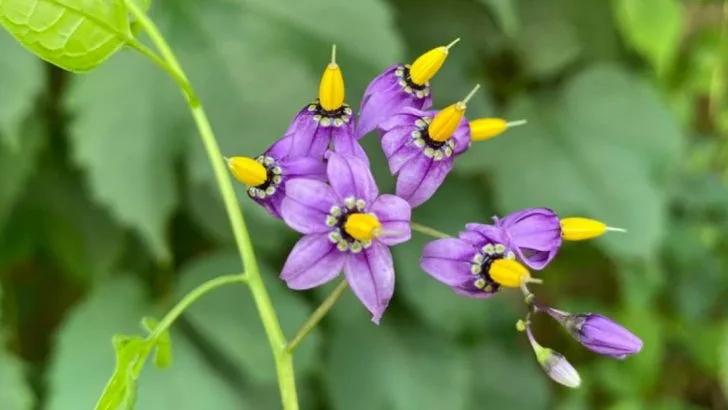Your garden isn’t safe—nature’s tricksters are on the loose! Those tempting berries aren’t always a feast. They’re botanical illusions, dangling seeds in front of birds like candy. One bite, and your feathery friends become unwitting delivery vans. Meet 14 plant con artists that fool birds into spreading their offspring. Some flaunt bright fruit that packs a toxic punch. Others display fake berries—no nutrition, just seeds primed for escape. Robins, thrushes, and waxwings fall for the ruse every time. Picture glossy red pods that turn seedlings into silent invaders. Imagine purple clusters that satisfy no craving but scatter far-flung offspring. These sneaky species hijack bird instincts to colonize your borders. Arm yourself with the know-how to spot the fakes. Grasp which fruits are genuine treats and which are seed-smuggling stunts. Stop the undercover invasion before it sprouts. Your habitat, your rules—no botanical trickery allowed.
White Baneberry
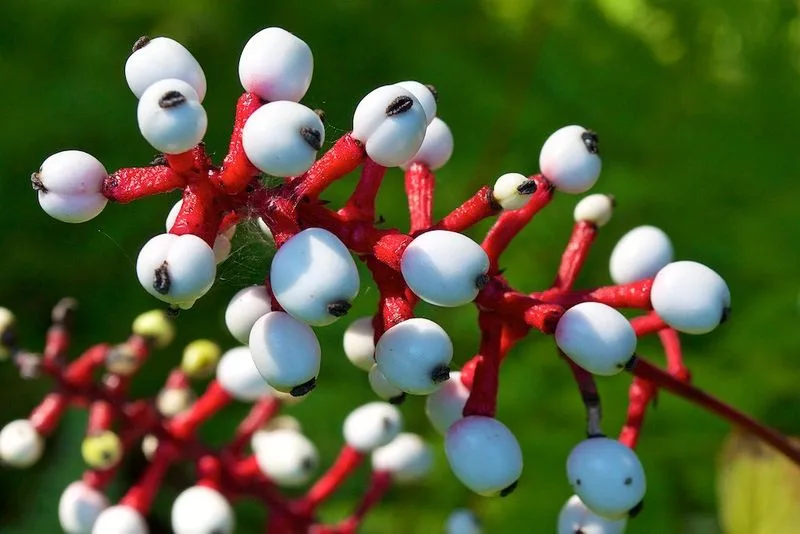
White Baneberry, often referred to as “Doll’s Eyes,” captivates with its eerie white berries. These berries, with small black dots, resemble eyes and lure birds with their striking appearance. However, they are extremely toxic, ensuring no creature consumes them twice.
In the dense forest undergrowth, these berries stand out, catching the eye of unsuspecting avian passersby. This plant’s toxic nature ensures that its seeds are spread effectively, as birds quickly learn to avoid consuming them, dropping them along their travels.
This evolutionary strategy highlights nature’s blend of allure and danger.
Pokeweed
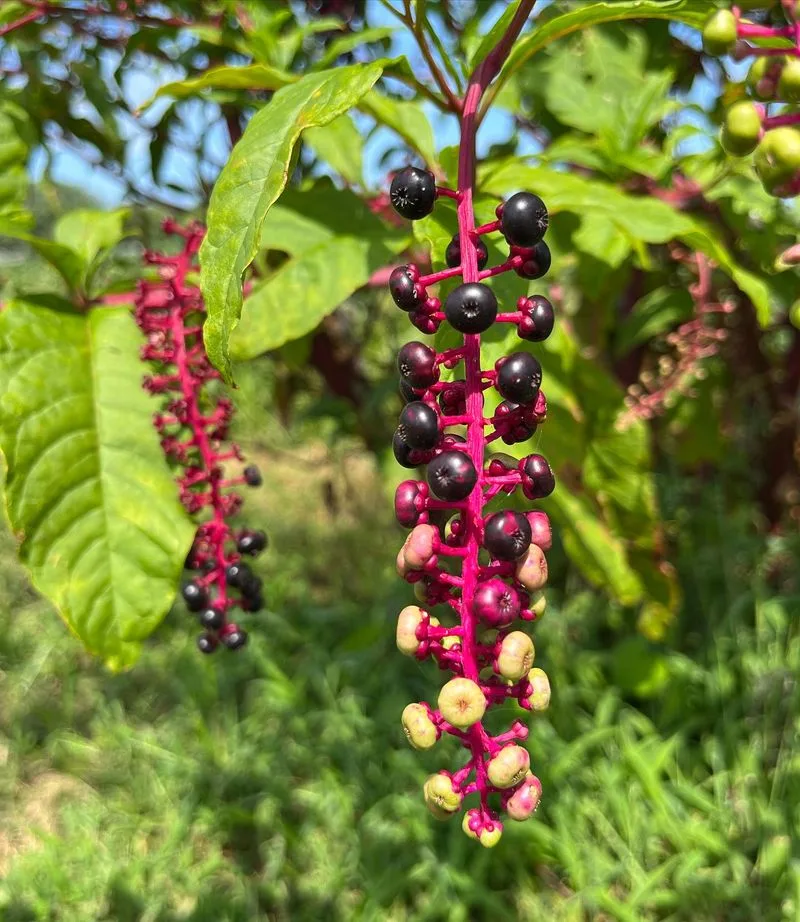
With its vibrant purple berries, Pokeweed is an alluring presence in many gardens. Birds find these berries irresistible, though they are mildly toxic. This ensures that while birds eat them, they don’t consume too many.
As the birds ingest and later expel the seeds, the plant achieves its goal of seed dispersal. The berries’ toxicity is a clever plant adaptation, striking a balance between attraction and aversion.
Such adaptations are a testament to the intricate dance of survival in nature, where beauty often masks hidden perils.
European Spindle
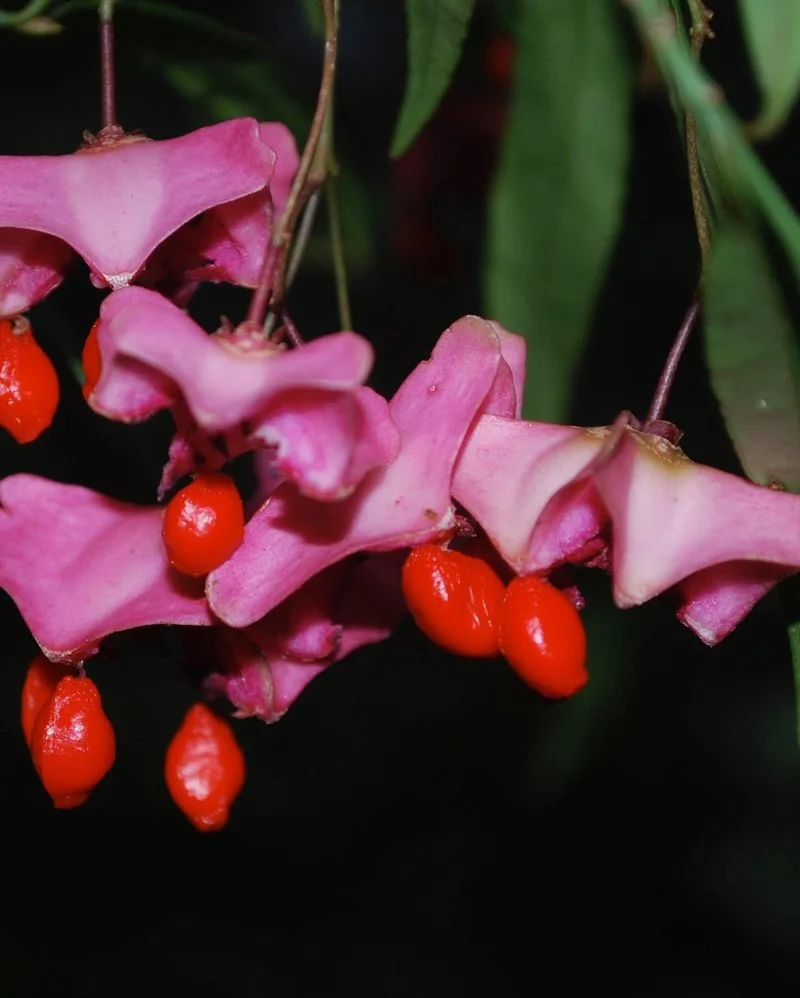
European Spindle dazzles with its vivid pink and orange fruit, attracting birds from afar. These fruits, though beautiful, contain seeds surrounded by a toxic coating.
Birds, drawn by the fruit’s striking colors, aid in spreading the seeds by consuming the fruit and expelling the seeds elsewhere. This tactic ensures wide dispersal while minimizing excessive predation.
The European Spindle’s use of color and toxicity is a fascinating example of plant cunning, drawing in creatures to spread its lineage while protecting its future.
Jack-in-the-Pulpit
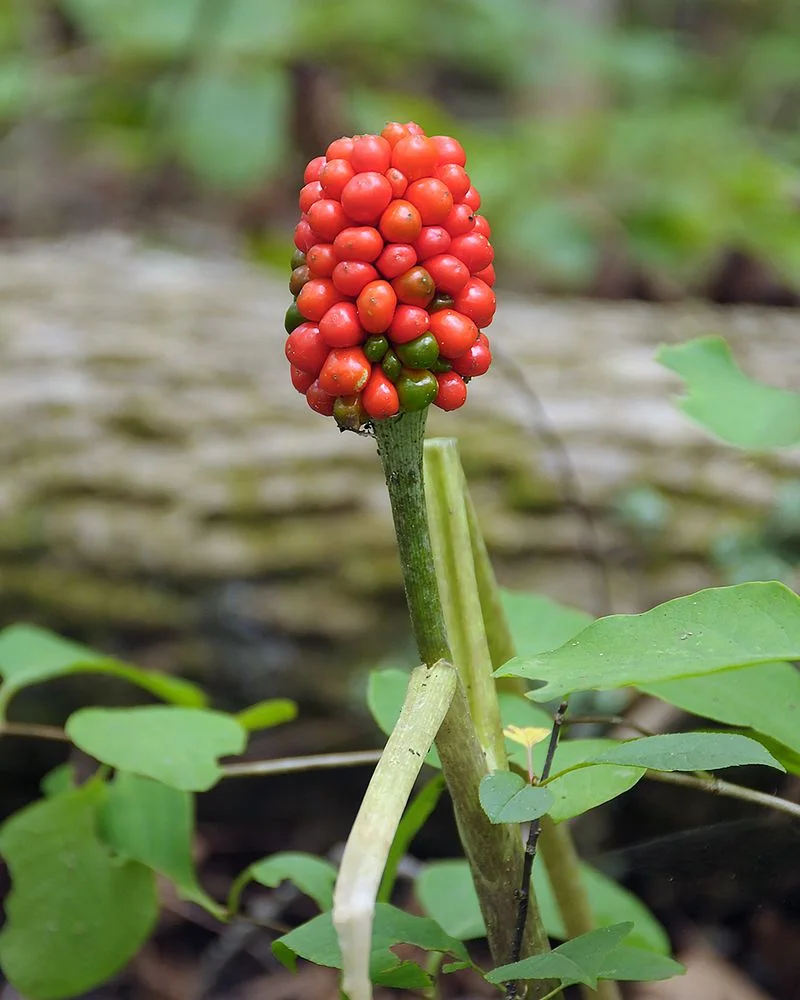
Jack-in-the-Pulpit is a woodland marvel known for its red berries and hooded flowers. The berries, while enticing, are toxic to mammals, but birds seem unaffected.
This disparity allows birds to help disperse its seeds without suffering ill effects. Nestled in shady forest floors, the plant’s unique structure adds to its allure.
By utilizing toxicity selectively, Jack-in-the-Pulpit ensures its seeds are spread while warding off potential threats. This selective toxicity is a brilliant strategy in Earth’s ecological theater.
Moonseed
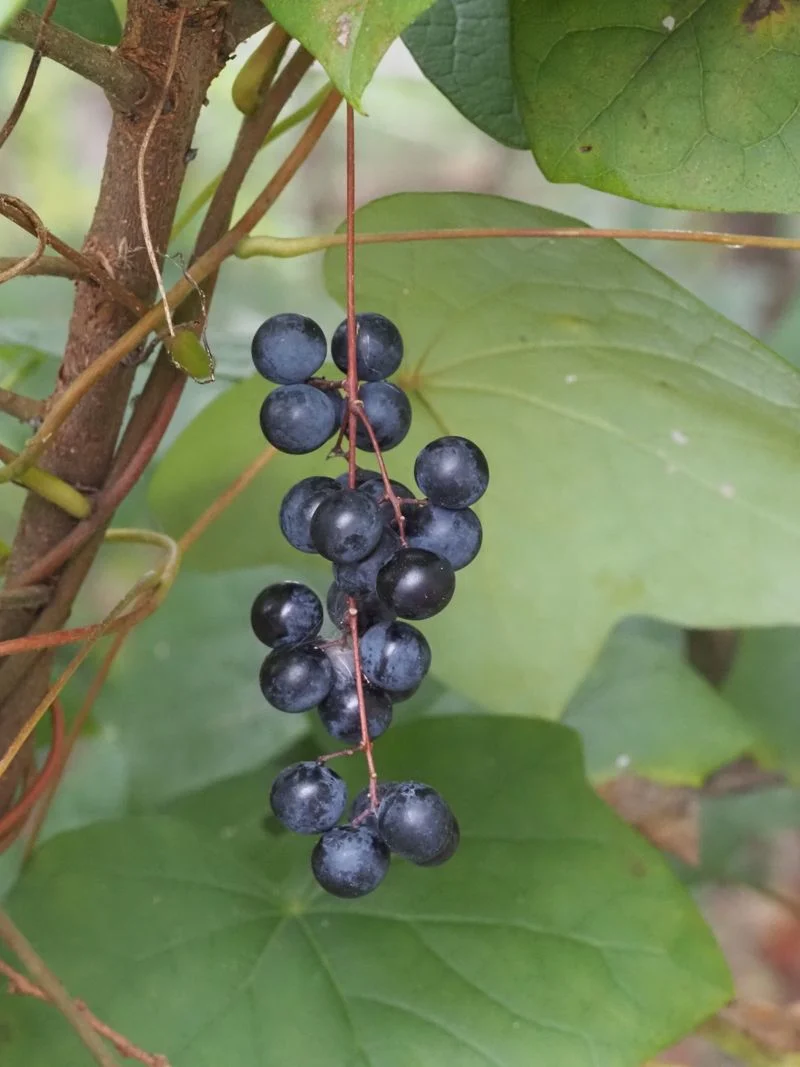
Moonseed vine is often mistaken for grapes due to its clusters of dark berries. Birds are drawn to their resemblance, yet these berries are highly toxic.
Birds, lured by their appearance, inadvertently aid in dispersal without consuming too many, learning quickly to avoid them. The vine’s resemblance to more palatable fruits is key to its success.
This mimicry showcases nature’s strategic adaptations, where appearance serves as both a trap and a tool for survival.
Deadly Nightshade
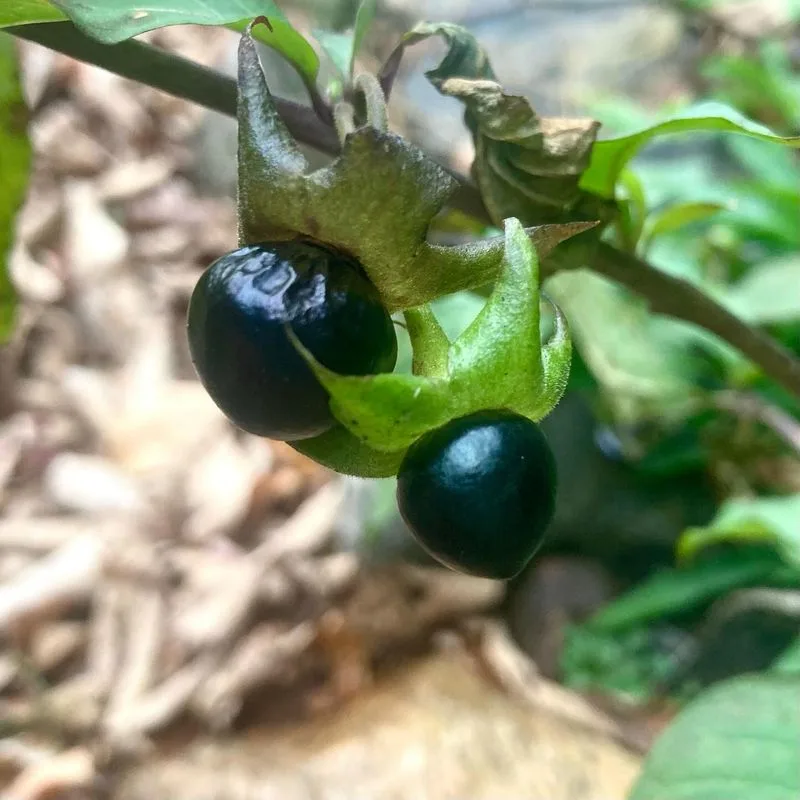
Deadly Nightshade, or Belladonna, is famous for its glossy black berries and toxic reputation. Birds, however, find the berries palatable despite their toxicity to humans.
This allows birds to spread the seeds far and wide, unharmed by the plant’s otherwise lethal components. The plant’s elegant purple flowers add to its deceptive beauty.
By targeting a specific disperser, Deadly Nightshade ensures its survival through calculated risk, a dance of danger and allure embodied in flora.
Mistletoe
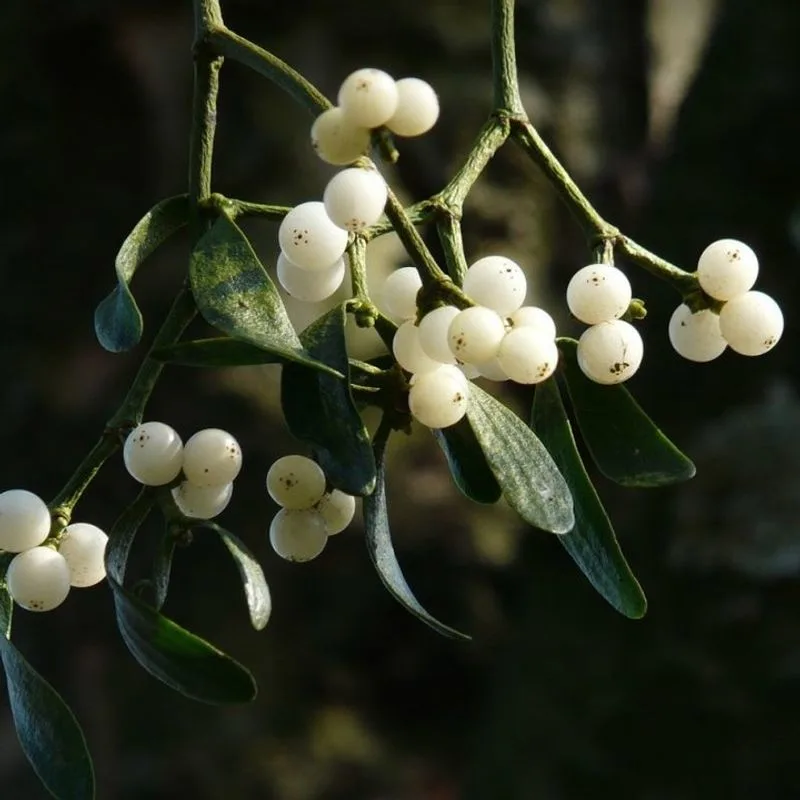
Mistletoe, associated with festive tradition, uses birds to spread its sticky seeds. Its white berries, though mildly toxic, attract birds who aid in seed dispersal through their droppings.
These seeds stick to branches, allowing new growth to parasitize host trees, a unique propagation method. The plant’s dual nature as a festive symbol and ecological parasite fascinates.
By leveraging toxicity and stickiness, Mistletoe secures its place in both the natural world and human culture, a testament to its complex role in ecosystems.
Bittersweet Nightshade
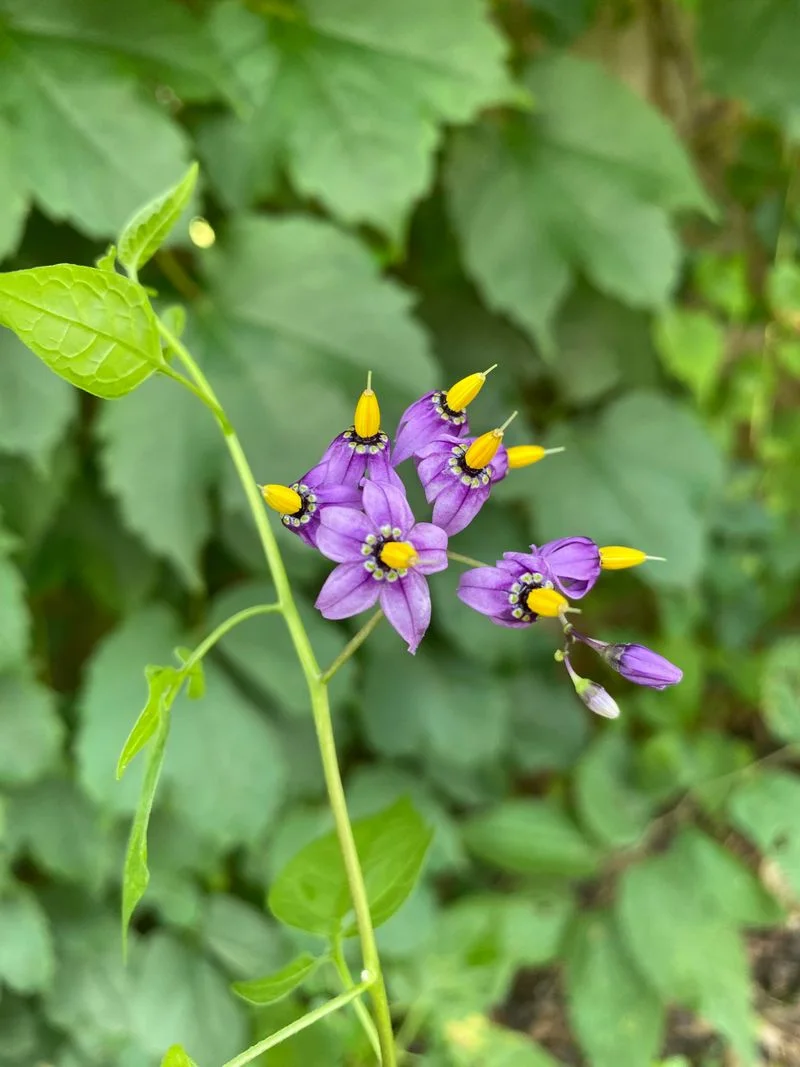
Bittersweet Nightshade, with its jewel-like red berries, attracts birds despite its toxicity. The berries, less harmful to birds, enable seed dispersal through avian carriers.
This plant thrives in various environments, using its striking appearance to lure birds. Its purple flowers add to its visual appeal, masking the danger within.
The interaction between beauty and toxicity in Bittersweet Nightshade illustrates the complex strategies plants employ to ensure survival and proliferation across diverse landscapes.
Holly
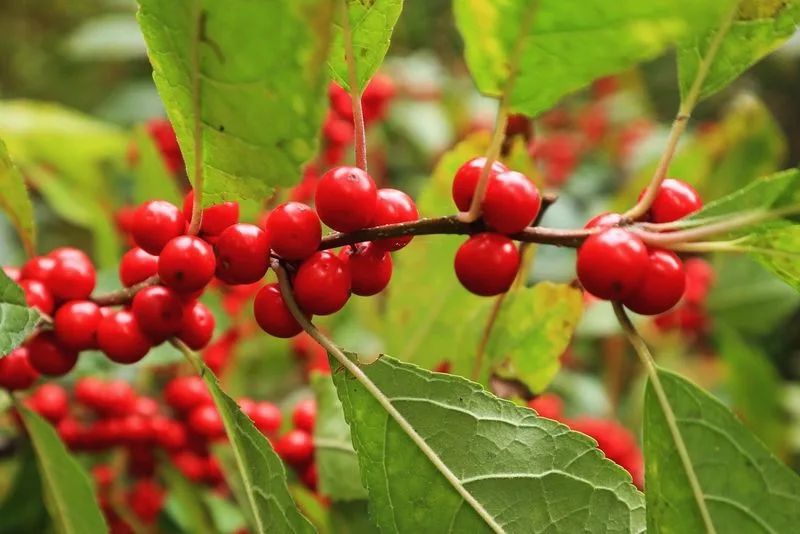
Holly, with its iconic red berries and spiky leaves, is a winter staple. Birds are drawn to its berries, which are mildly toxic and limit consumption, aiding seed spread.
Its evergreen nature and sharp leaves protect the plant while providing winter sustenance for birds. This relationship ensures its seeds are scattered effectively.
Holly’s combination of allure and deterrence exemplifies nature’s balance between attraction and protection, making it a beloved yet cautious addition to winter scenery.
Ivy
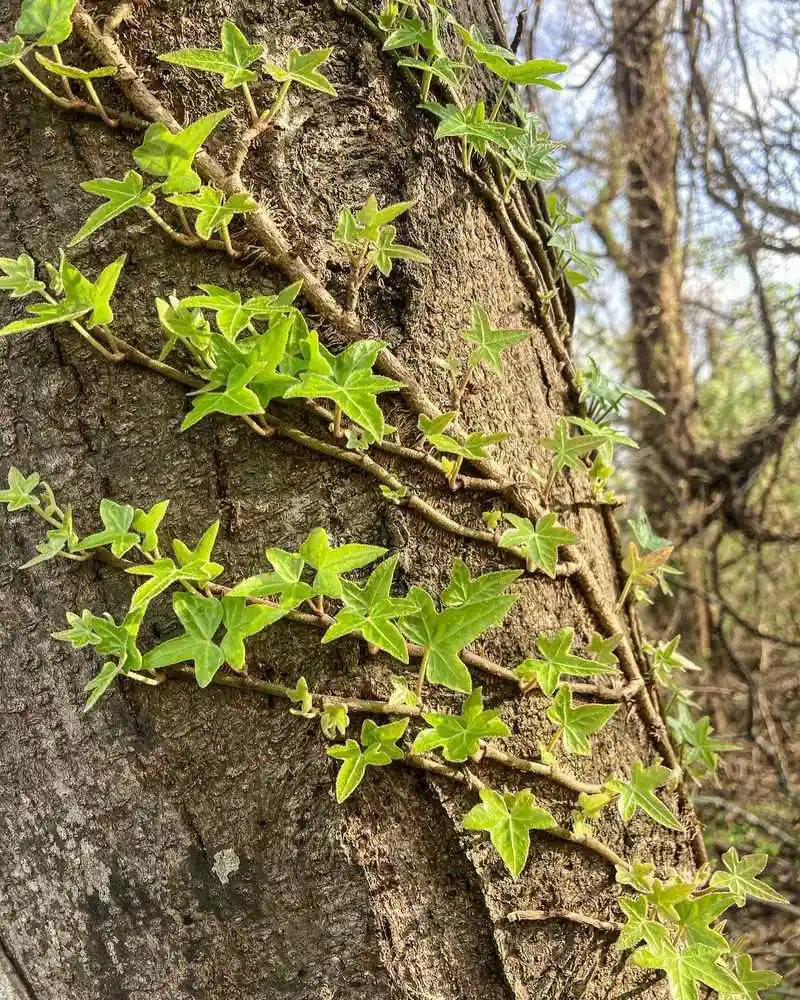
Ivy, known for its climbing nature, produces dark berries that are mildly toxic. Birds consume these berries, facilitating seed spread through urban landscapes.
This plant’s adaptability to city environments and its evergreen appeal make it a favorite for both birds and humans. Its berries serve a dual purpose: sustenance for birds and seed dispersal.
Ivy’s urban presence showcases how plants utilize toxicity subtly, ensuring their proliferation amidst concrete and chaos, crafting green havens in bustling cities.
Virginia Creeper
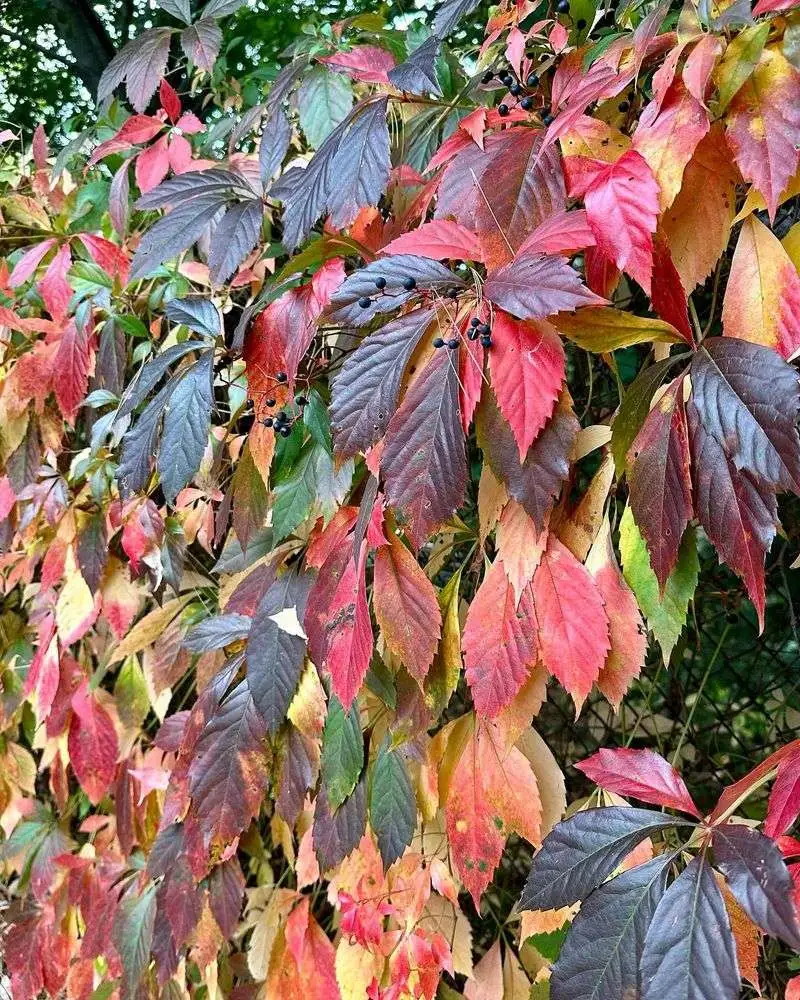
Virginia Creeper graces gardens with vibrant red leaves and blue-black berries, attracting birds. Though the berries are toxic to humans, birds relish them, aiding seed distribution.
Its striking autumn foliage and climbing habit make it a garden favorite, offering both beauty and function. This plant’s dual nature ensures its seeds spread far and wide.
The Virginia Creeper’s allure lies in its seasonal beauty and ecological role, a harmonious blend of aesthetics and survival strategy.
Privet
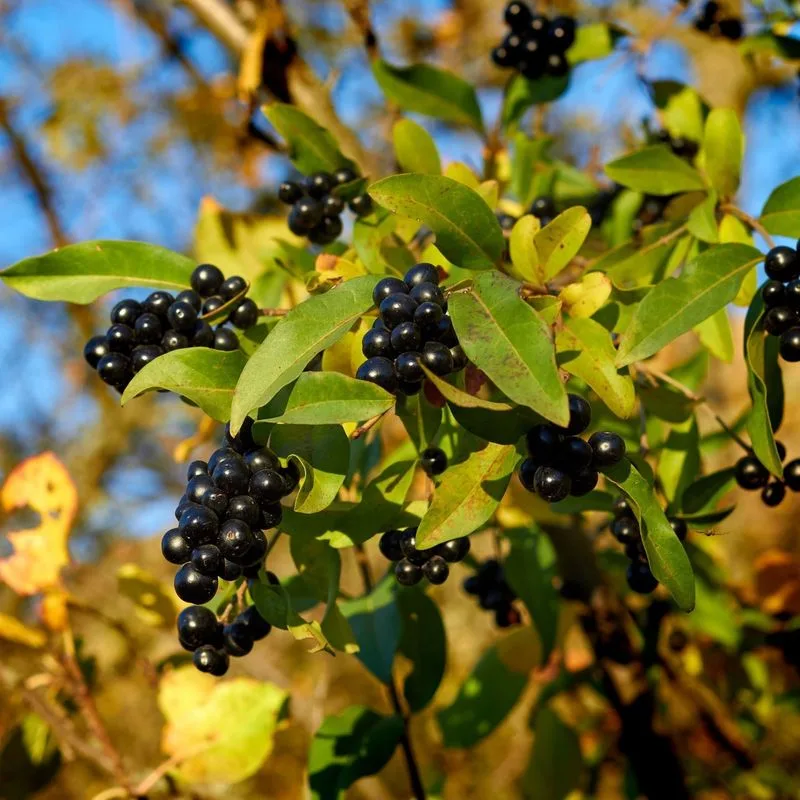
Privet, often found in suburban gardens, features small dark berries that appeal to birds. These berries are toxic to humans but serve as food for birds, facilitating seed dispersal.
The plant’s use as a hedge highlights its adaptability and aesthetic value in manicured landscapes. Its berries ensure a steady relationship with avian species.
Privet’s dual role as a garden staple and wildlife feeder underscores the subtle interplay between human cultivation and natural propagation, a testament to its versatile charm.
Juniper
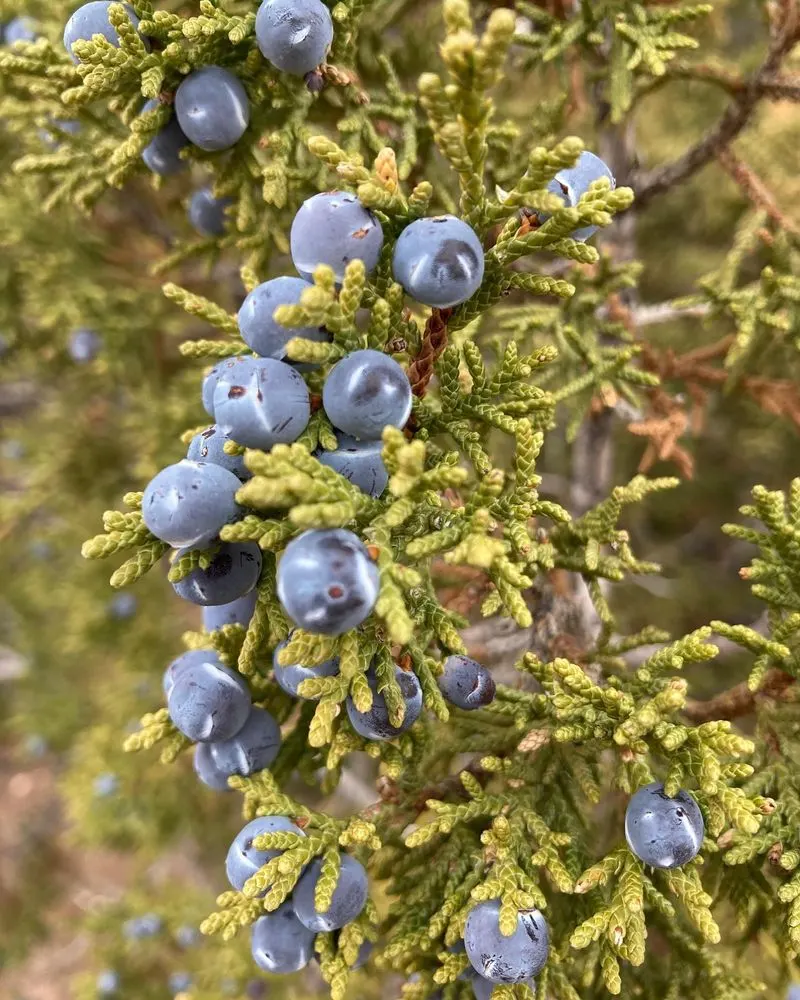
Juniper, with its aromatic blue berries, tempts birds who aid in seed dispersal. Though mildly toxic, the berries are consumed by many bird species, spreading seeds across diverse terrains.
This evergreen’s presence in mountainous regions and its use in culinary arts add to its intrigue. Its berries serve as both a flavor enhancer and a seed disperser.
Juniper’s ability to thrive in varied environments while maintaining its appeal ensures its place in both natural and cultural landscapes, a true mountain survivor.
Yew
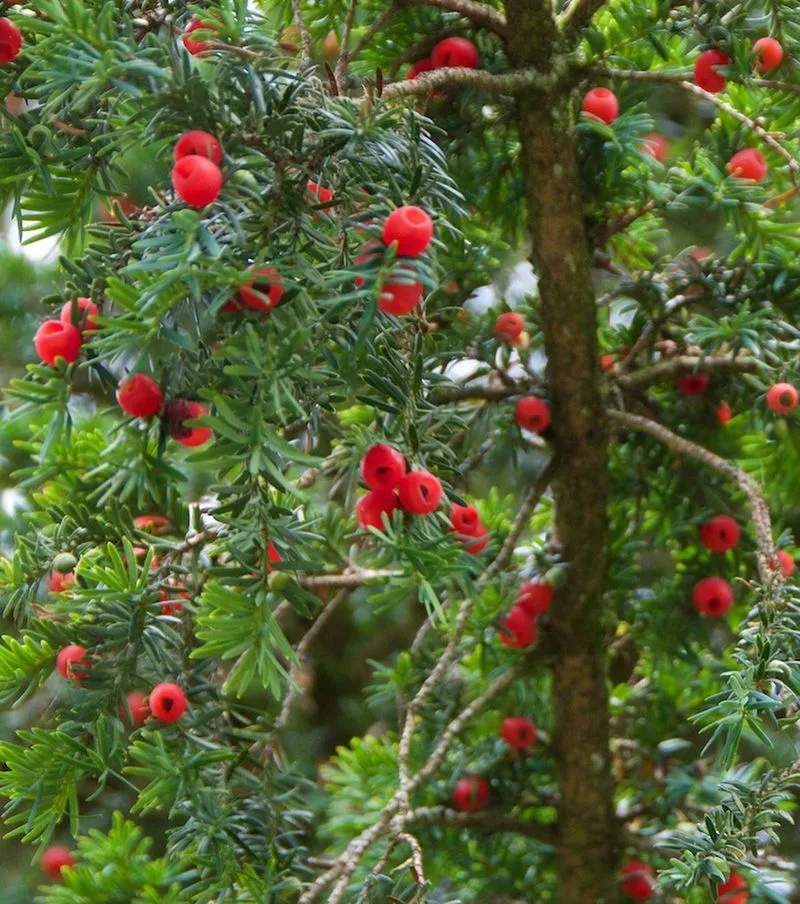
Yew tree, shrouded in mystery, produces bright red berries that are toxic to humans but irresistible to birds. These berries, or arils, house seeds that birds disperse widely.
The tree’s dark foliage and historical associations with folklore add to its enigmatic presence. Yew’s toxicity protects it from overconsumption, ensuring longevity.
By harnessing avian help for propagation, the Yew demonstrates nature’s intricate web of dependency and survival, a symbol of resilience and continuity.

